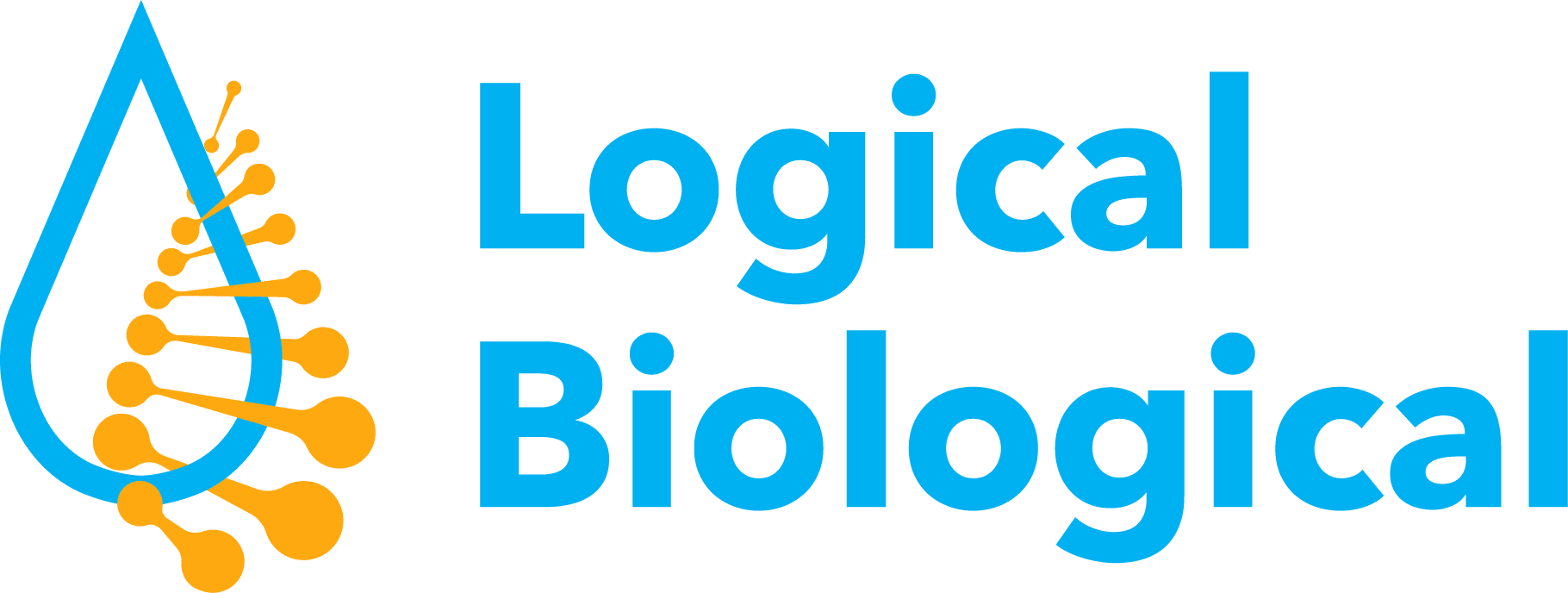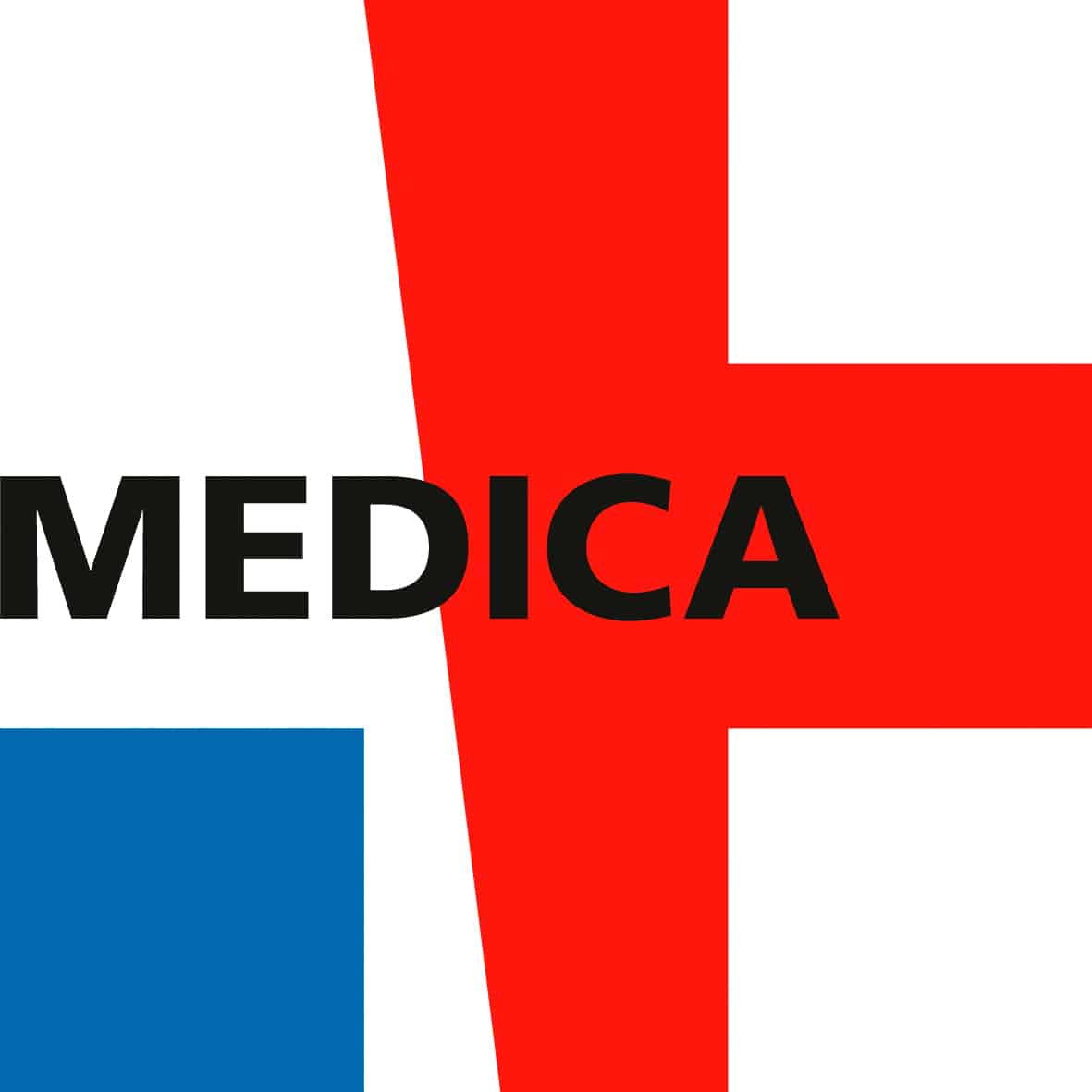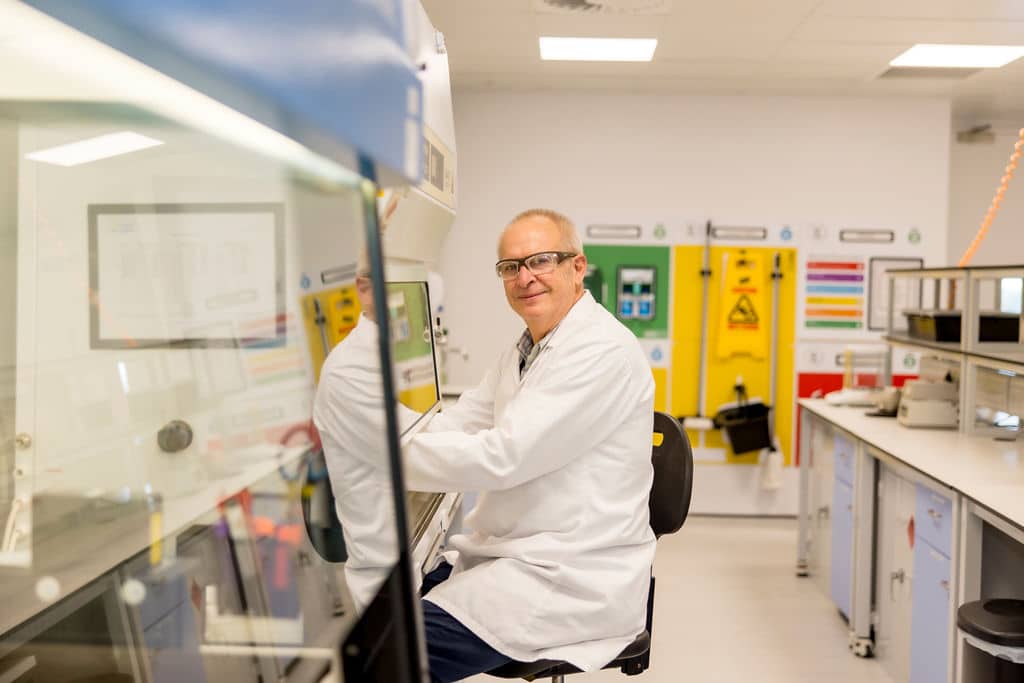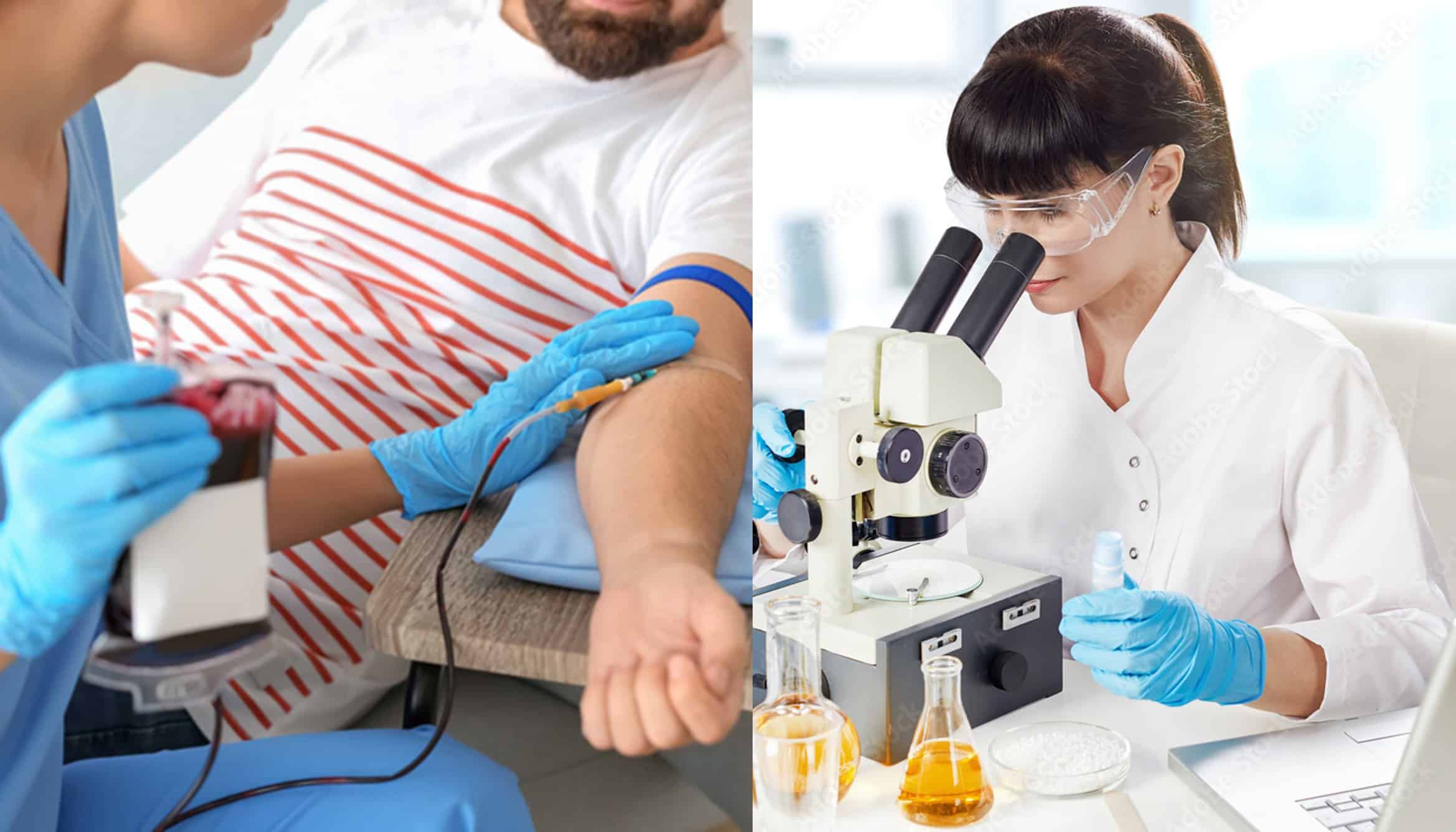Understanding the challenges of obtaining high-titre materials
High-titre biological materials play a vital role in the development and manufacturing of in vitro diagnostic (IVD) controls and calibrators. These materials are essential for accurate and reliable diagnostic tests – a crucial part of patient care and treatment decision-making. However, sourcing bulk high-titre disease state materials presents significant challenges for Quality Control and Calibrator Manufacturers. These obstacles impact downstream processes for IVD companies, and more importantly, the patients who awaiting testing, diagnosis, and treatment.
To better understand the challenges, their impact, and potential solutions, we spoke to Brian Fernandez, Biotech Consultant-IVD Specialist, and Andrew Conner, Procurement Director at Logical Biological. Read on to explore their perspectives and practical solutions for those working in the IVD procurement and supply chain sector.
Why are high-titre materials becoming harder to source?
“In R&D, you need everything from negatives to high positives to validate an assay. But in manufacturing, the goal is reliability: a consistent, secure supply chain to meet mid-term needs.” Andrew told us. This contrast underscores the sourcing challenges bulk manufacturers face in a regulatory and operational landscape that demands consistency over variation.
However, several factors are making sourcing high-titre biological materials more challenging to collect:
- Advances in treatment reduce availability: Improved medical treatment has created a paradox for the IVD industry. While these improvements benefit patients, they also diminish the presence of key biomarkers in the population. For example, rheumatoid factor (RF) and antibodies linked to infections like human immunodeficiency virus (HIV) and hepatitis C virus are suppressed in many treated individuals, making high-titre samples harder to find.
- Short-lived antibodies narrow the collection window: Antibodies such as immunoglobulin M (IgM), crucial for detecting early-stage infections, appear transiently and typically decline after seroconversion to immunoglobulin G (IgG). As Andrew explained: “By the time someone seeks care, the IgM window may have already passed. That makes pinpointing this phase more opportunistic and uncertain.”
- Geographical and ethical constraints: Some disease-state materials, like HIV-2, are predominantly found in specific regions such as West Africa. This geographic limitation, coupled with the need for ethical, consent-based sourcing, narrows the available pool. Many countries restrict or prohibit compensated donation, but this adds another layer of complexity for global procurement. As Andrew mentioned, “You need that outreach to find active infections at different levels, and that often means looking beyond Europe and North America. However, it has to be regulated, consented, and equitable, especially when vulnerable populations are involved.“
- A quality-first manufacturing culture: Manufacturers often exercise caution when switching suppliers or materials, especially under stringent regulatory frameworks. Minor adjustments like blending or spiking to meet titre levels can trigger validation requirements, which increase both time and cost.
Bench to bedside: The impact on Control and Calibrator Manufacturers, HCPs, and patients
The scarcity of high-titre materials directly affects Control and Calibrator Manufacturers, healthcare providers (HCPs), and ultimately, patients.
Production delays and rising costs: Scarcity of high-titre materials leads to smaller batch sizes, escalating costs per unit and complicating planning cycles.
Brian Fernandez, an experienced professional in the control and calibrator space, shared the challenges he faced first-hand:
“I recall running into difficulties sourcing disease state plasma for RF, antistreptolysin O and total immunoglobulin E quite frequently. The result is that we would adjust our bulk sizes down to accommodate, which could have supply issues with our finished products. In the worst-case scenario, even with drastic volume reductions, we couldn’t reach our intended high-level target. That not only put us at risk of releasing a non-conforming finished good, but also meant that end users lacked quality control materials capable of truly challenging the upper dynamic range of their assays.“
This real-world example illustrates the delicate balance procurement teams must maintain between availability, quality, and regulatory compliance.
Quality assurance and regulatory hurdles: Regulators often mandate that controls represent native patient samples. Shifting to synthetic materials is a long-term consideration, but not always viable in the short term. “Everyone knows these native materials are getting harder to source. The real question is: when do we move toward synthetic — and are we ready to validate that shift?”, added Andrew. Subsequently, manufacturers may find themselves forced into suboptimal interim solutions.
Patient impact: Disruptions in quality control can result in delayed or inaccurate diagnoses, affecting patient care. For clinicians, this means uncertainty, while for patients, it can mean delays to treatment.
The Logical Biological difference
At Logical Biological, we are committed to being a trusted partner in sourcing sustainable, high-quality biological raw materials for control and calibrator manufacturing.
Global outreach
Our extensive and growing network currently spans 45 clinical collection sites across five continents, providing access ethically to a diverse range of materials. As Andrew noted, “Certain infections appear only in specific regions. Without a global network, you’re cut off from that biology, full stop.”
Quality assured
We prioritise a rigorous onboarding process for new collection centres, including regulatory vetting, quality assessments, and donor consent protocols.
Ethically obtained
We ensure ethical material collection practices by ensuring all collection centres have the necessary documentation.
Secure supply chain
Our logistics partners maintain high standards, using temperature-controlled shipping methods to preserve sample integrity during transportation and ensure high-titre materials remain free from bioburden.
Meeting evolving demands
Market requirements evolve rapidly, and demand can change overnight. As Andrew noted, “We track historical trends, so when we see a spike, like dengue recently, we’re not surprised we’re ready.” Our approach allows us to evaluate feasibility within 48 hours, developing comprehensive plans from 7–14 days.
Exceptional service
Through proactive planning with our clients, we offer clear communication on feasibility, logistics, and lead times. Our collaborative approach benefits every stakeholder by bringing the right expertise to bear on a customer challenge.
Logical Biological: A reliable, global partner in a complex market
Sourcing high-titre biological materials is a difficult but essential process. Our global network makes us a reliable partner for sourcing high-quality material. It means we can address both current and future customer demands while meeting both operational and regulatory requirements with confidence.
Contact us if you are facing challenges with sourcing high-titre or rare biological materials, or to discuss how we can support your business.
Want to hear more from Logical Biological?
Sign up to our newsletter to for the latest updates.
Subscribe Now





)